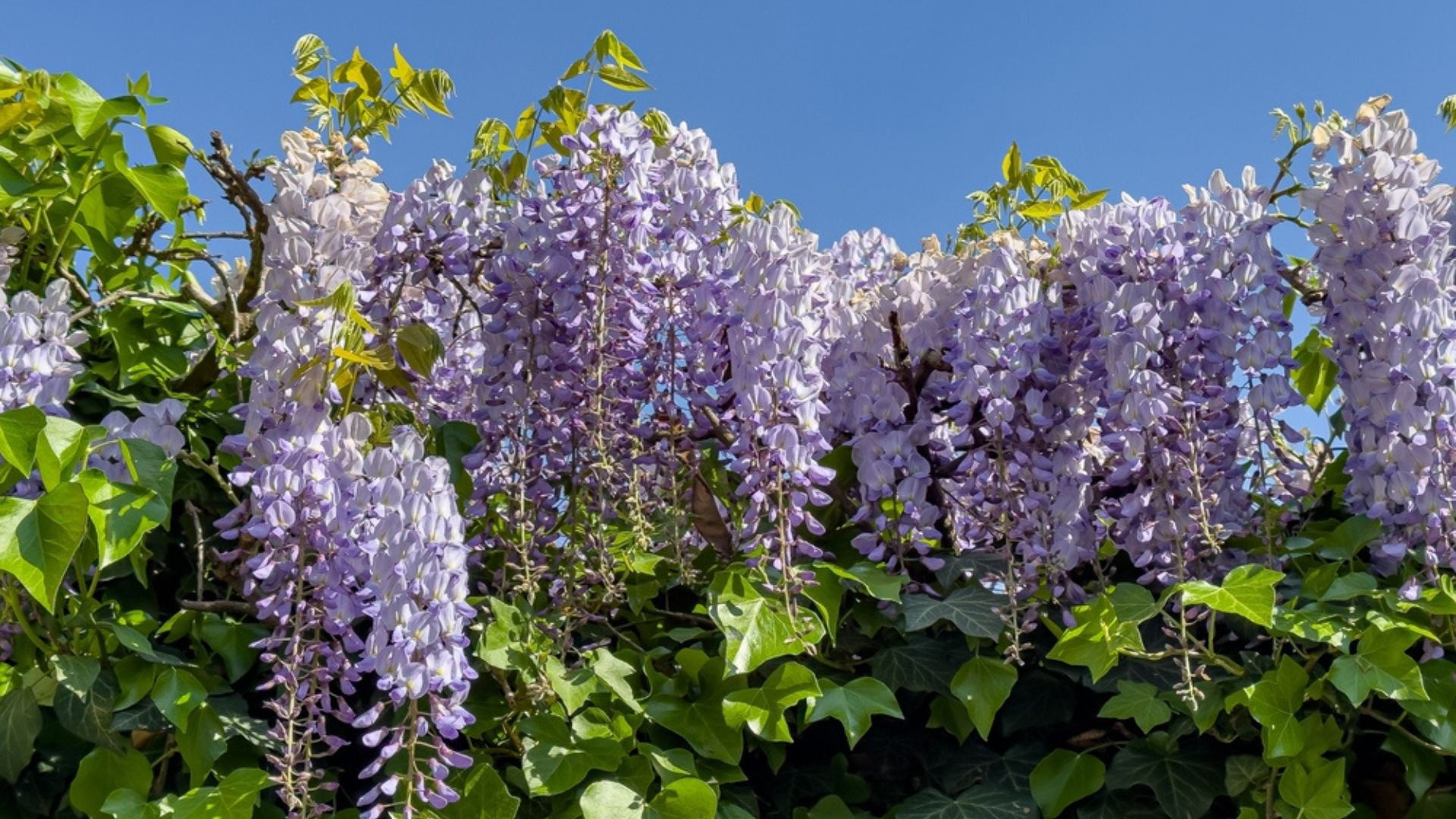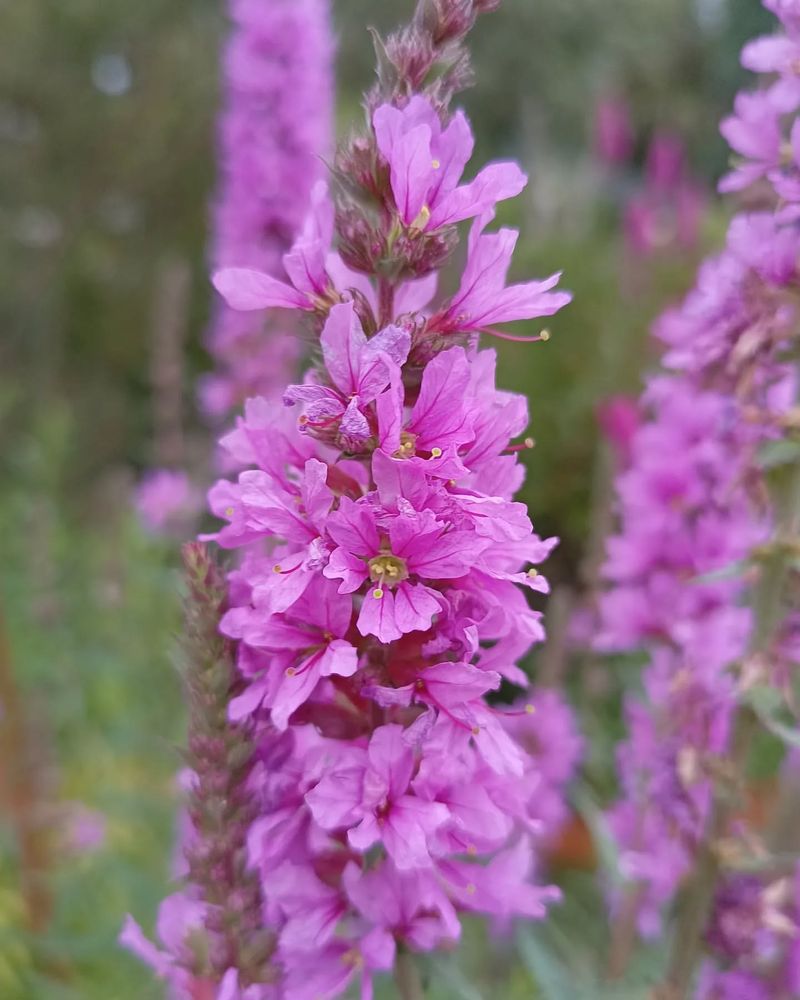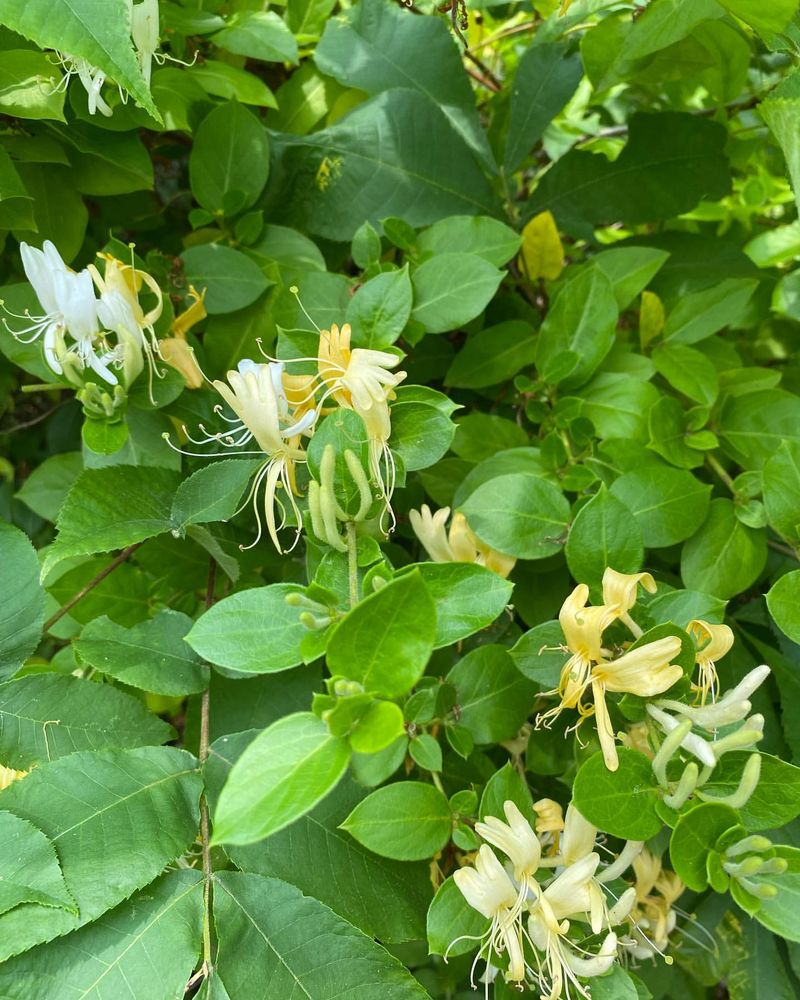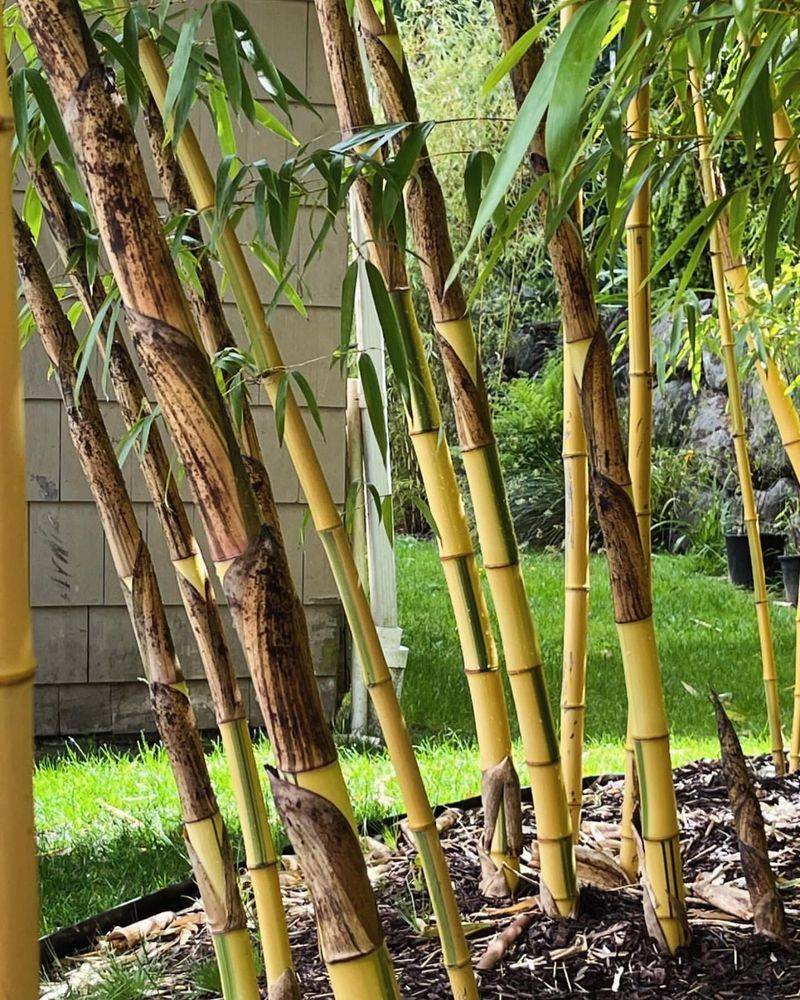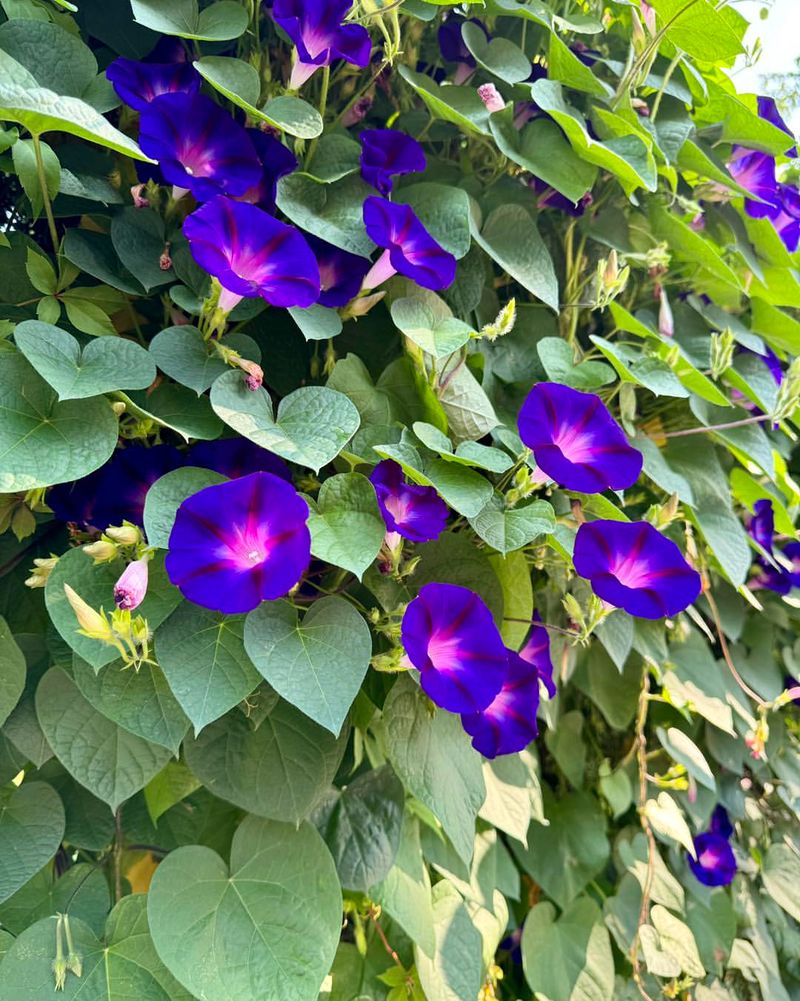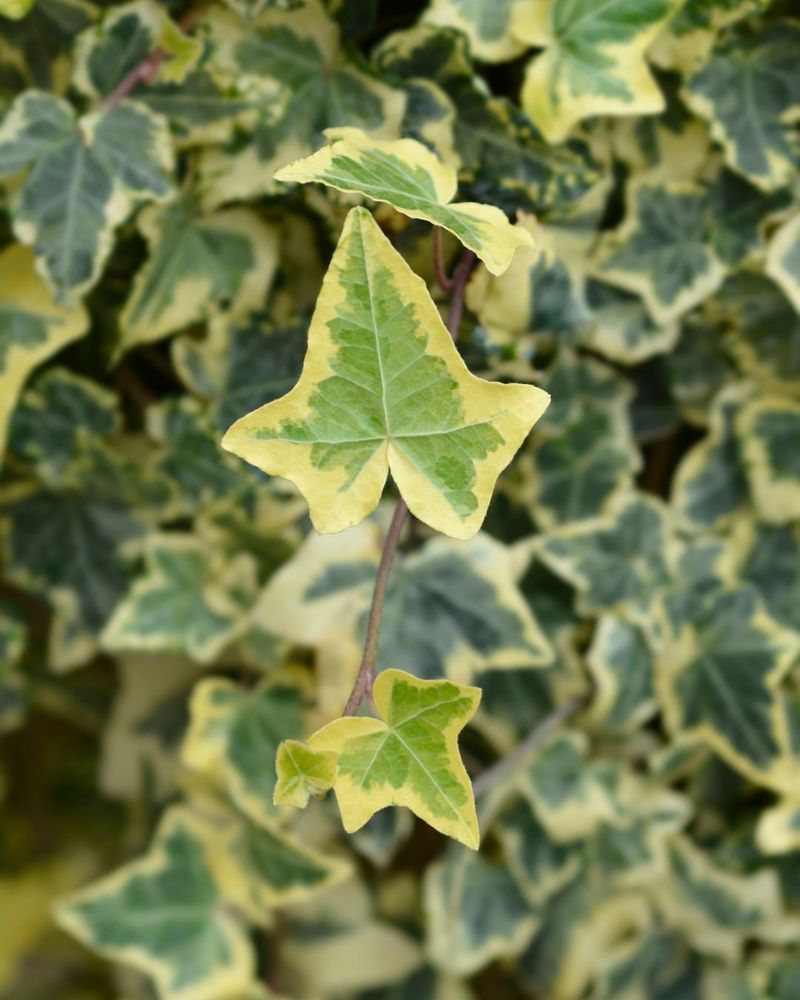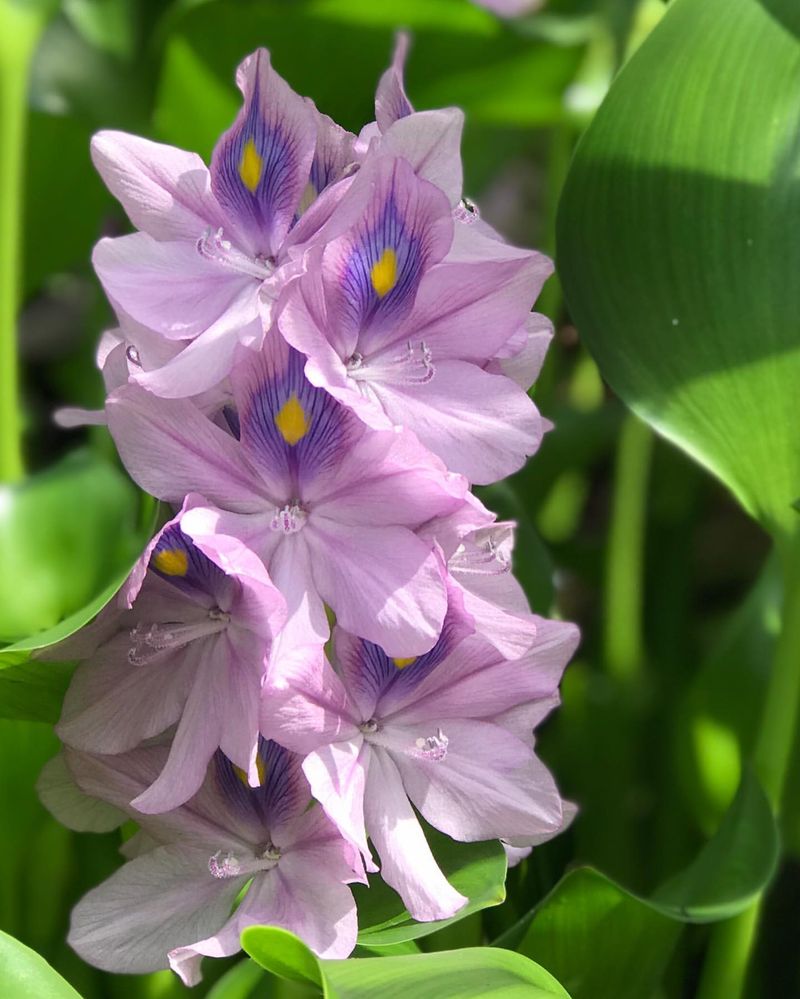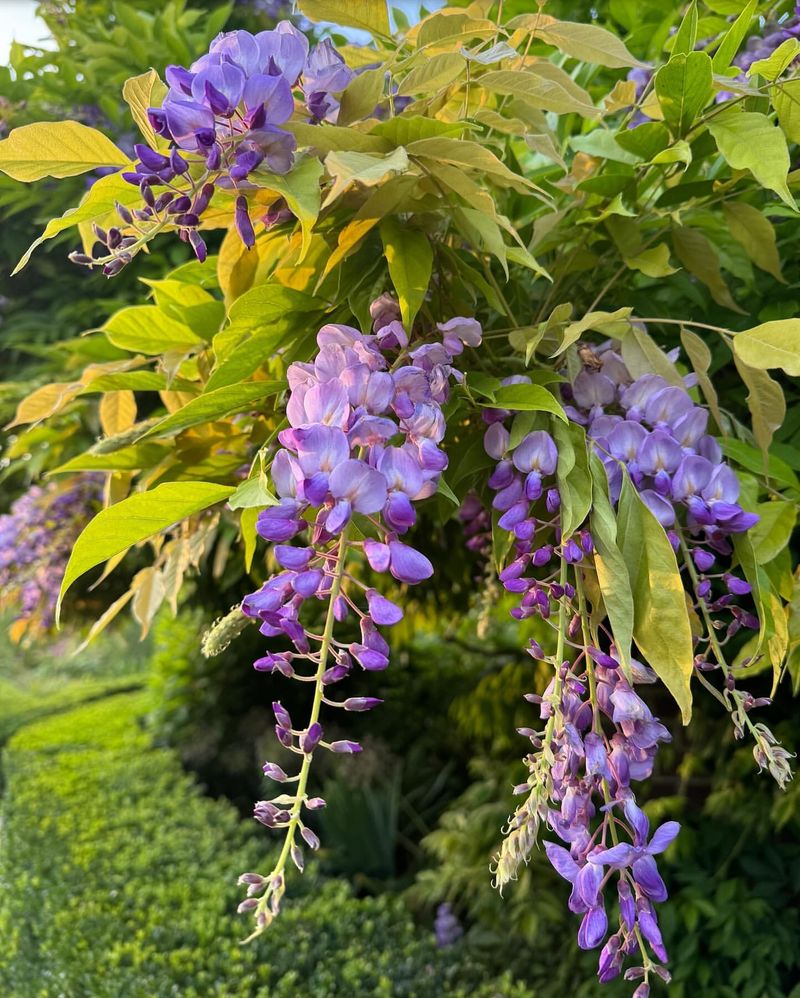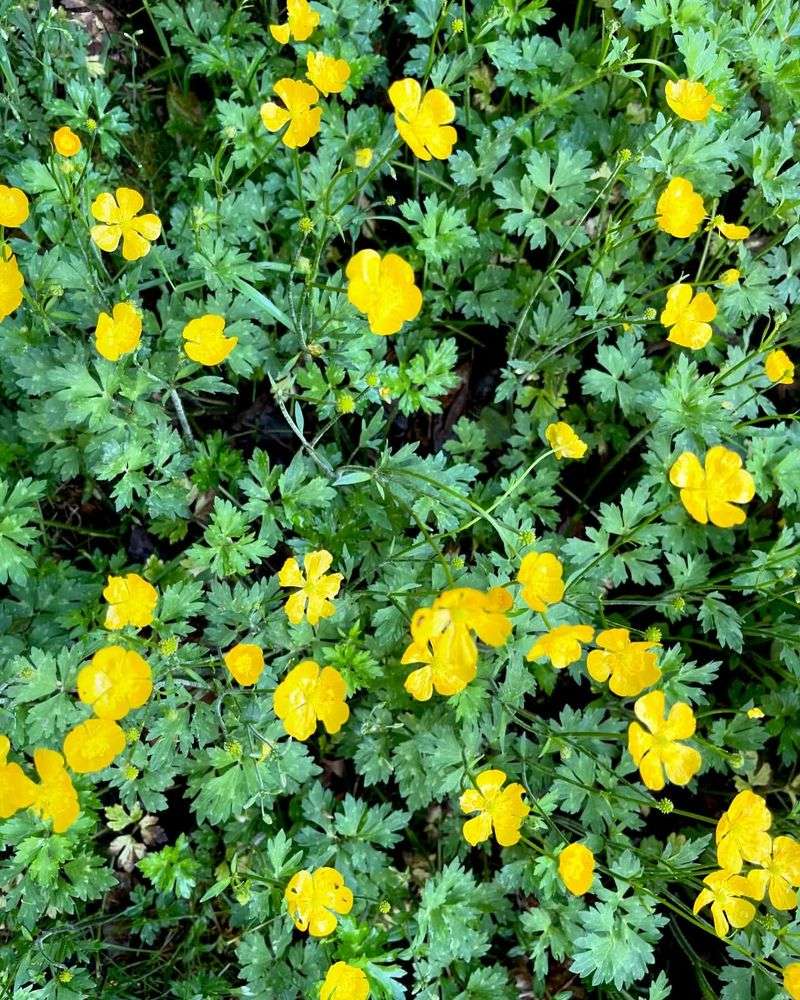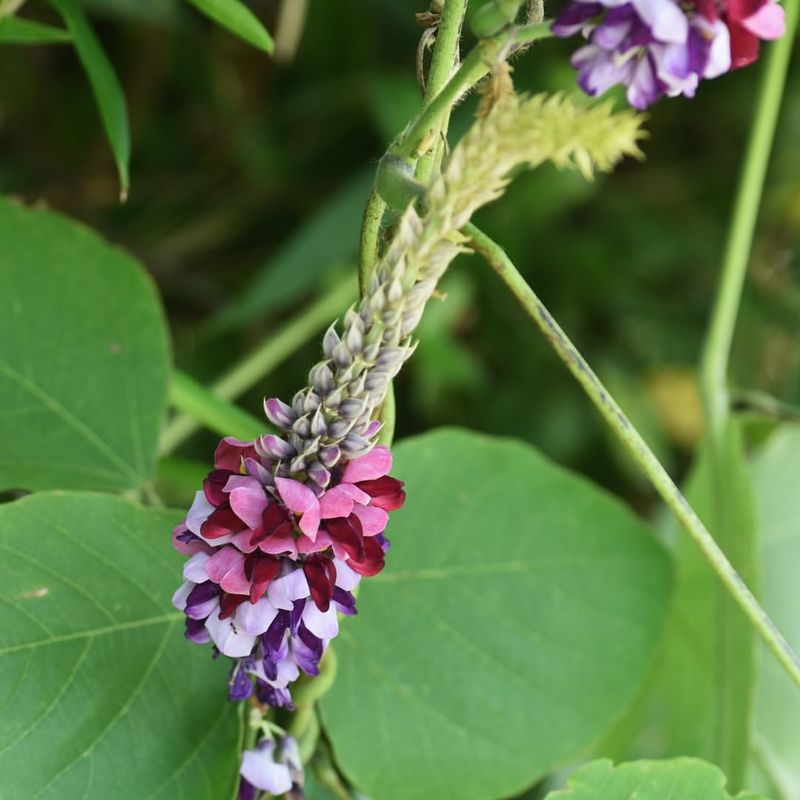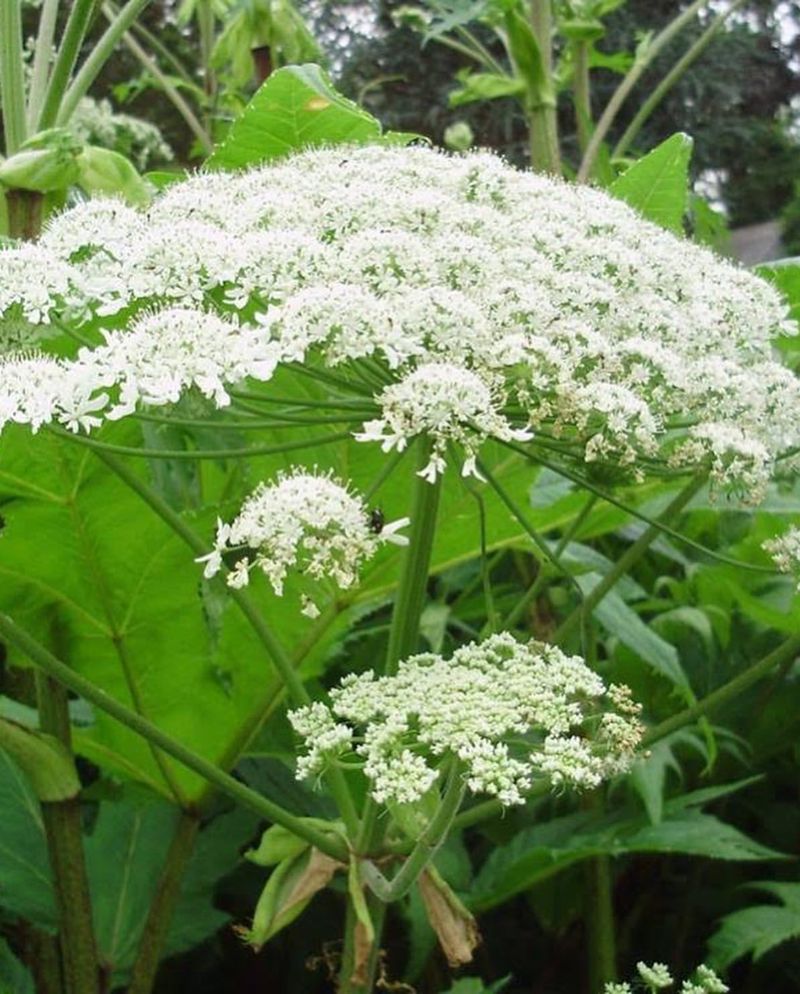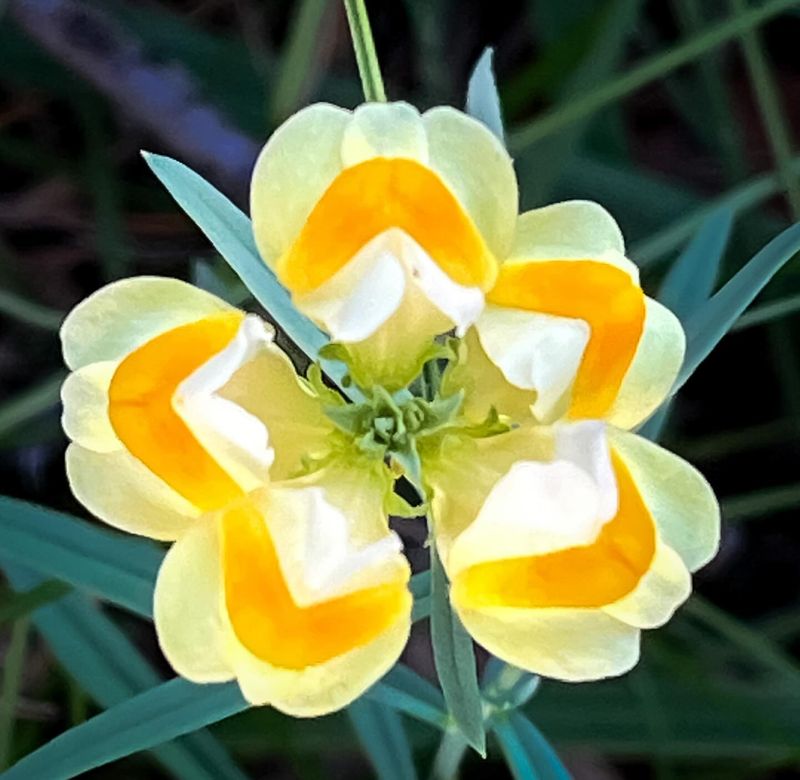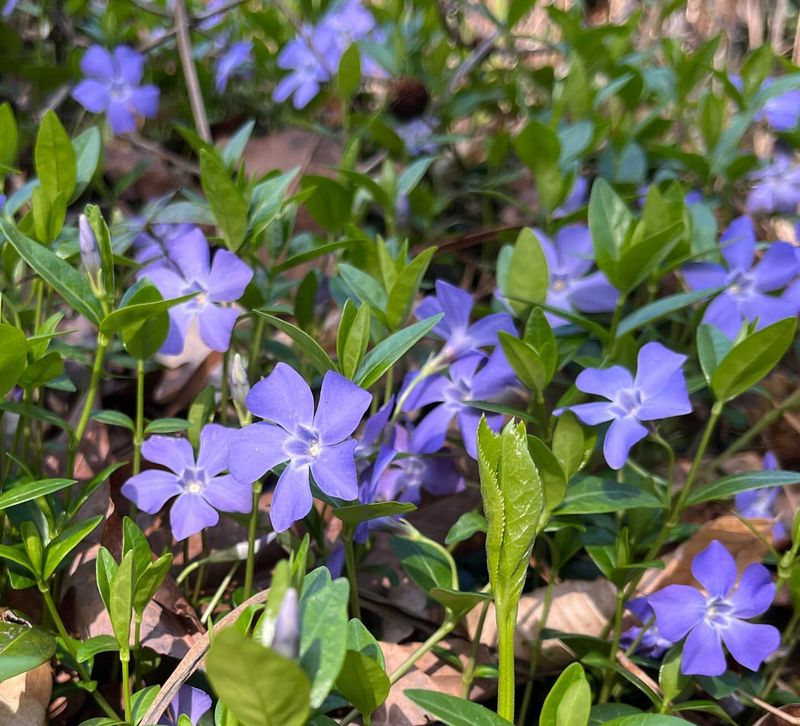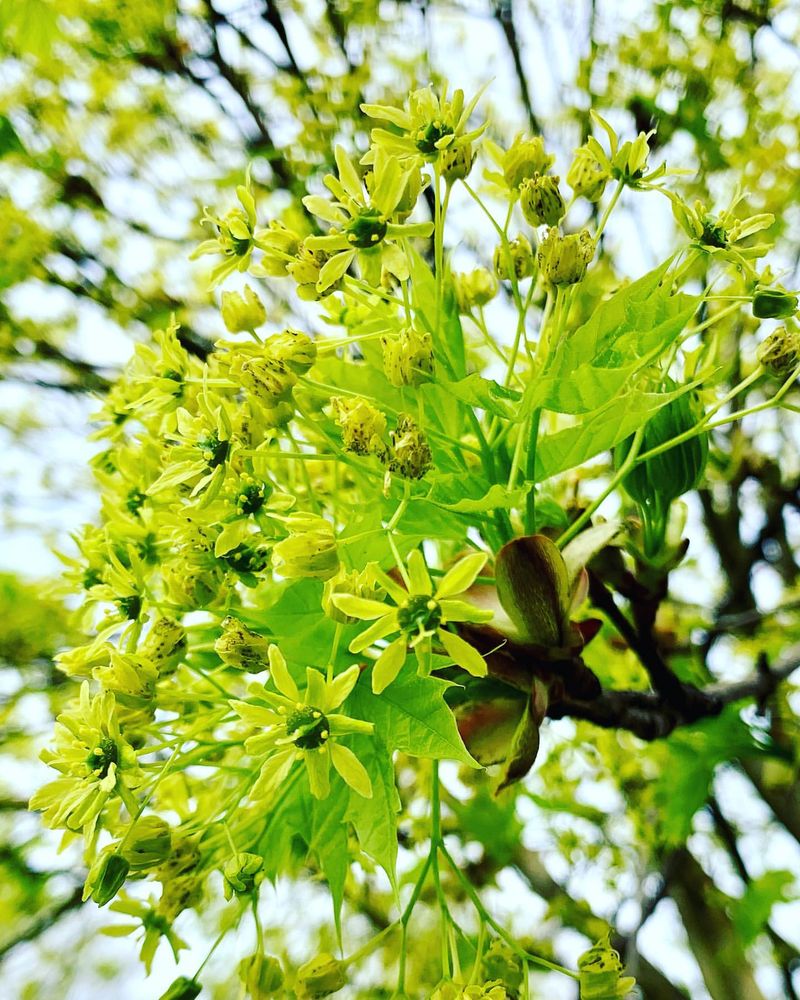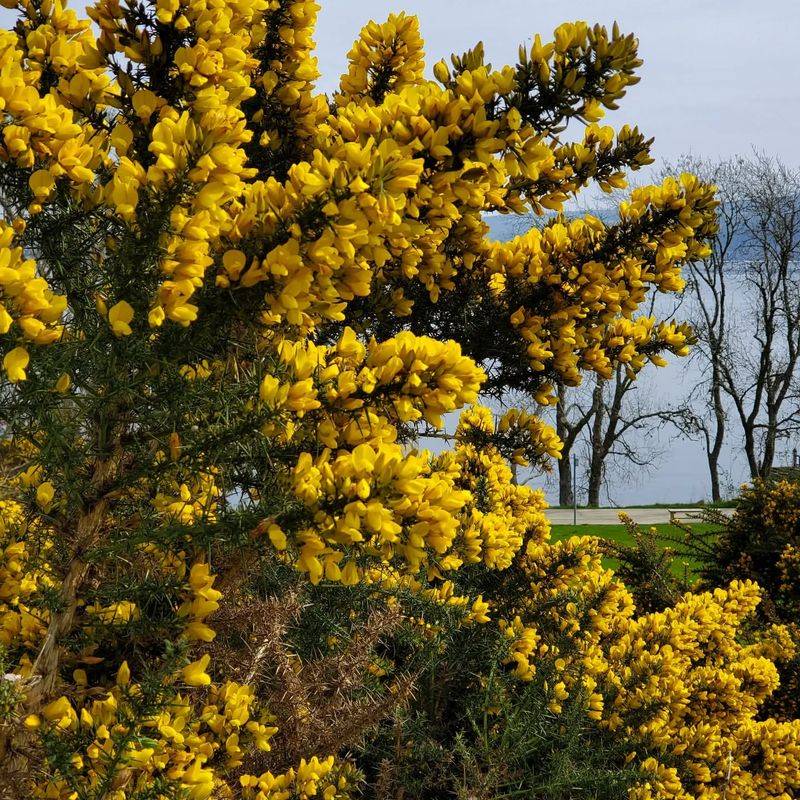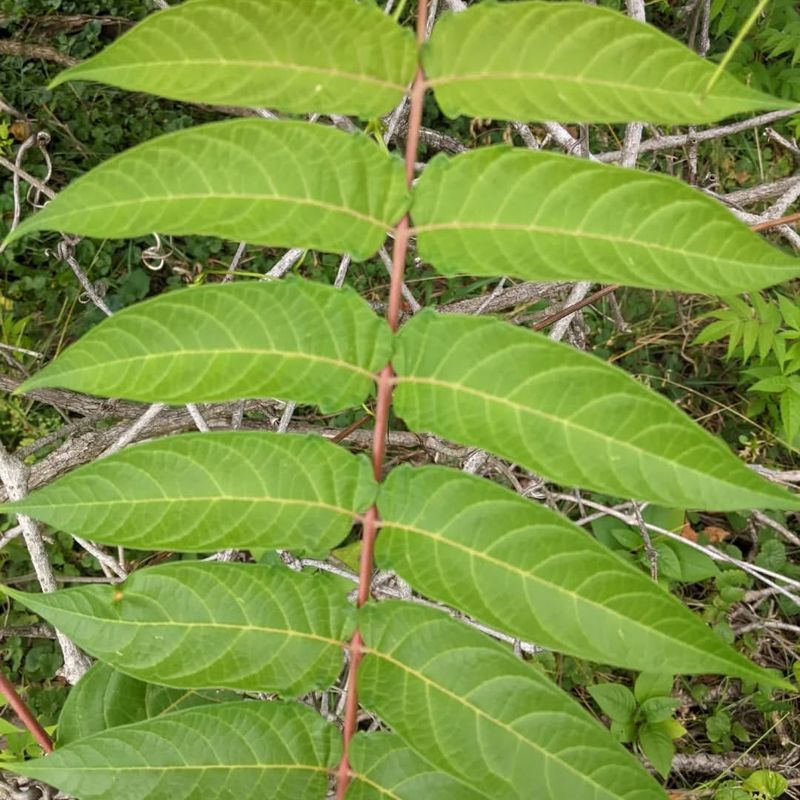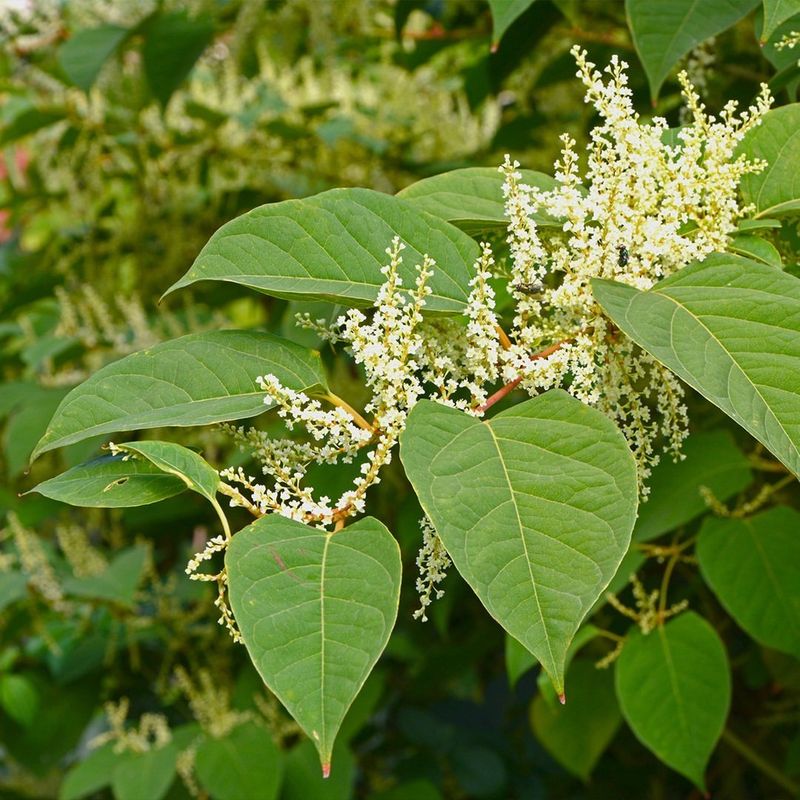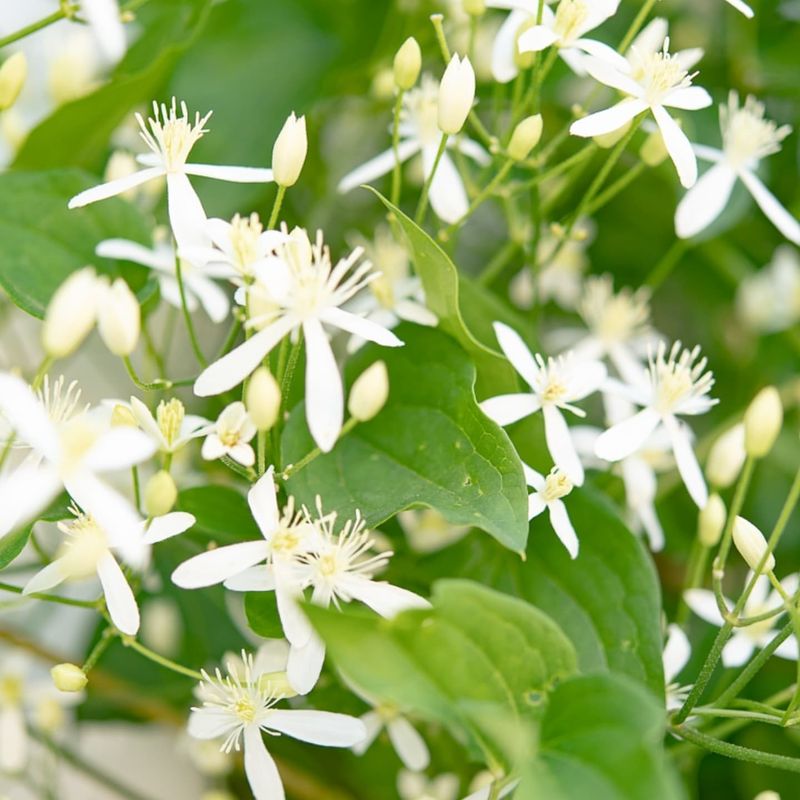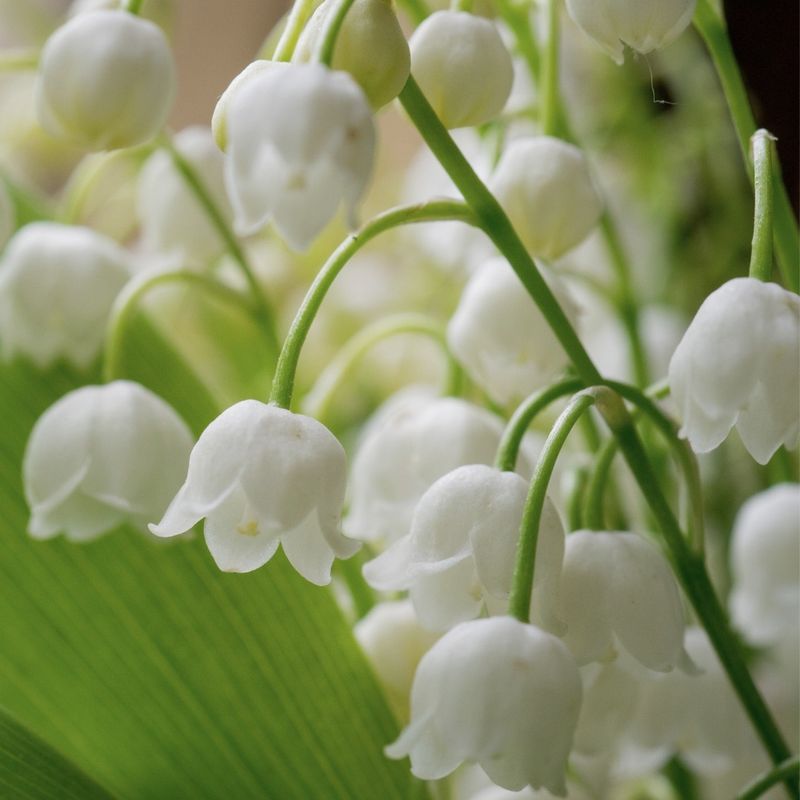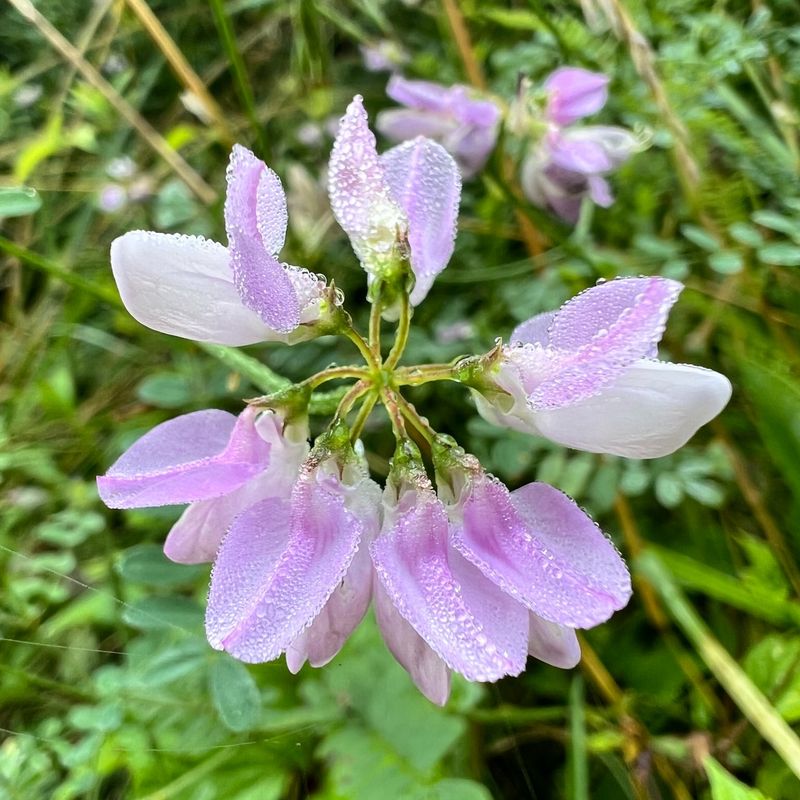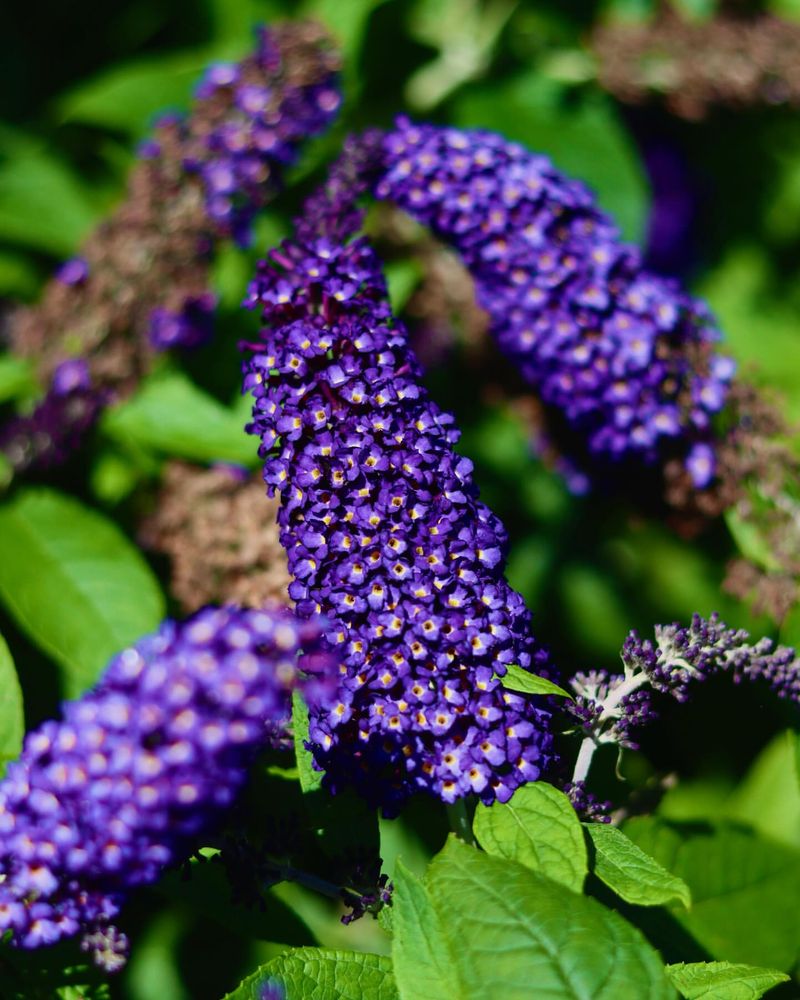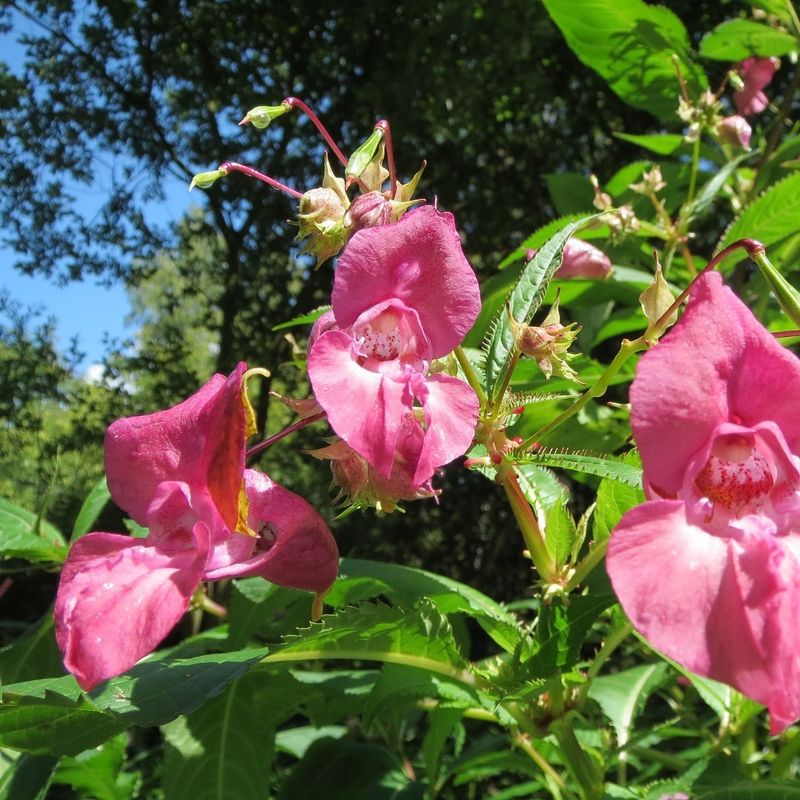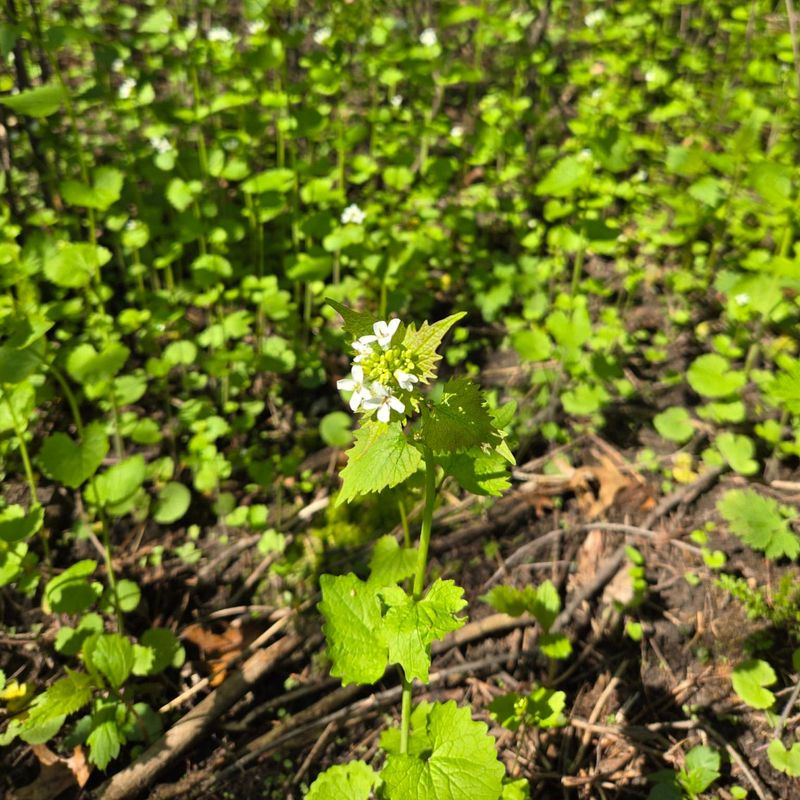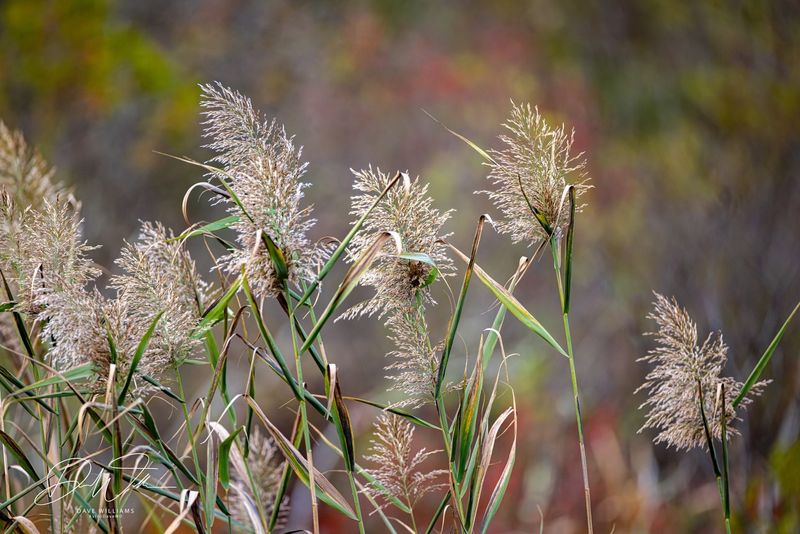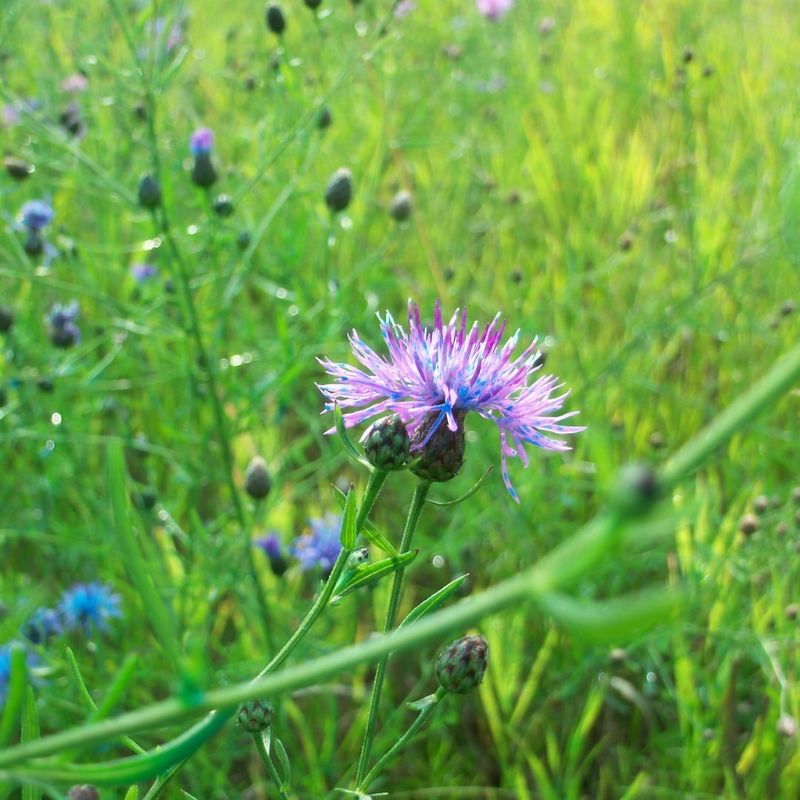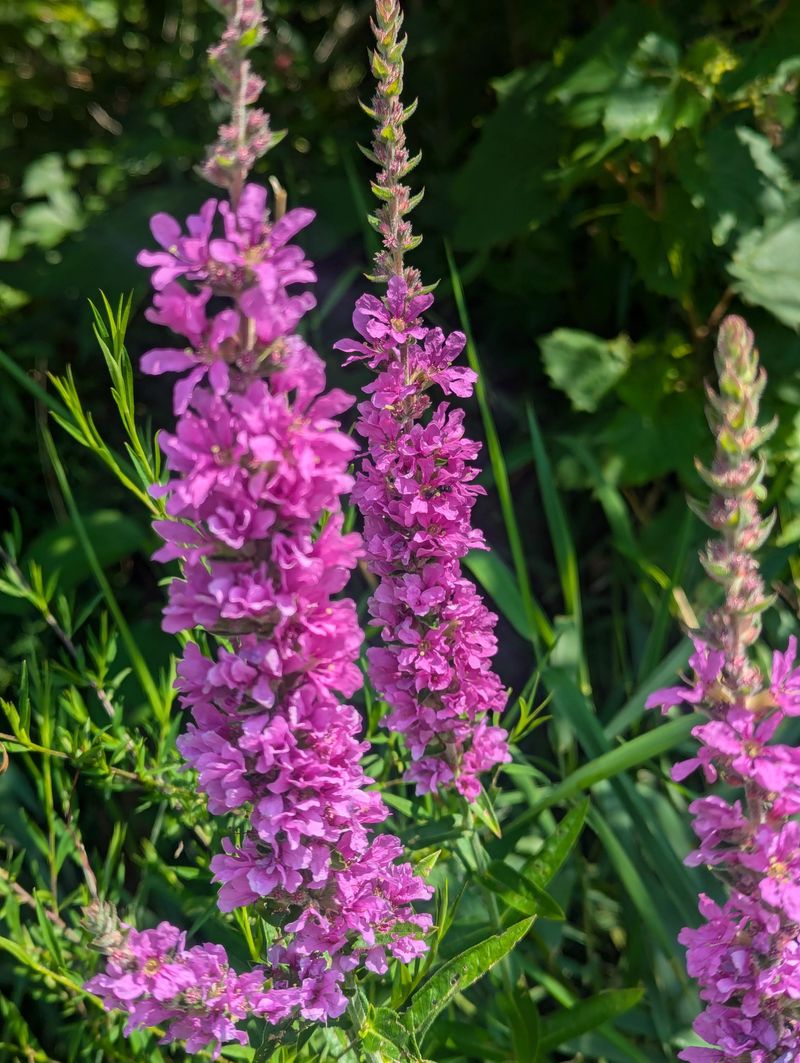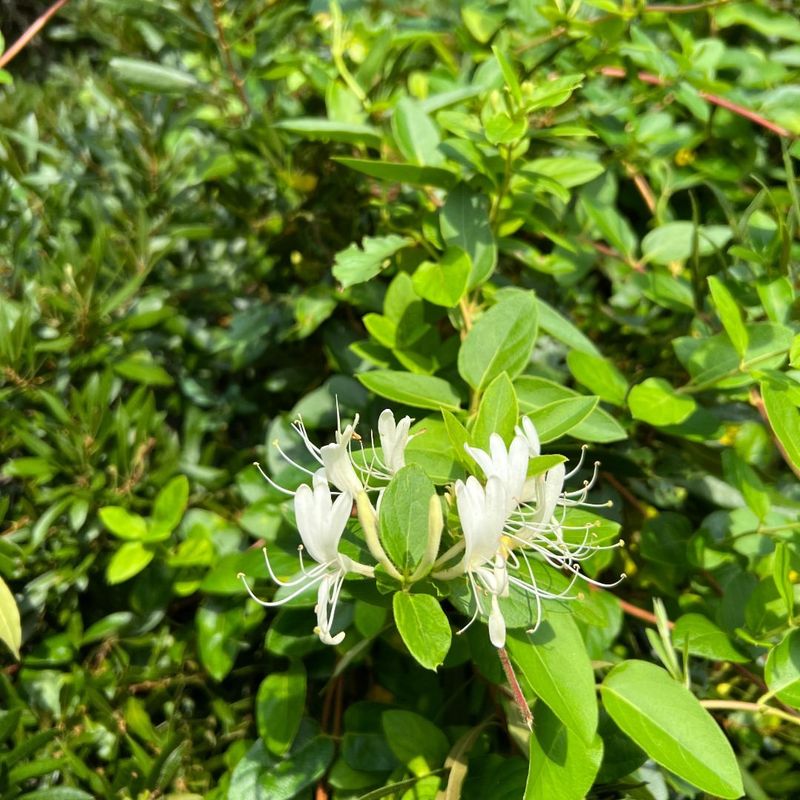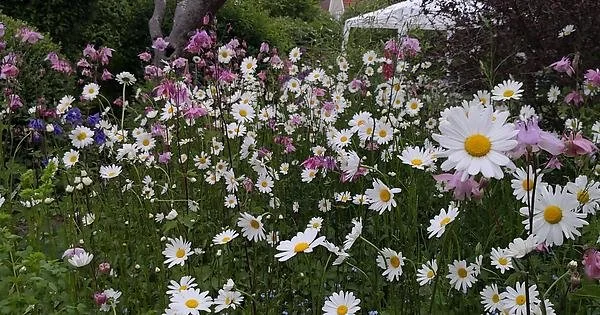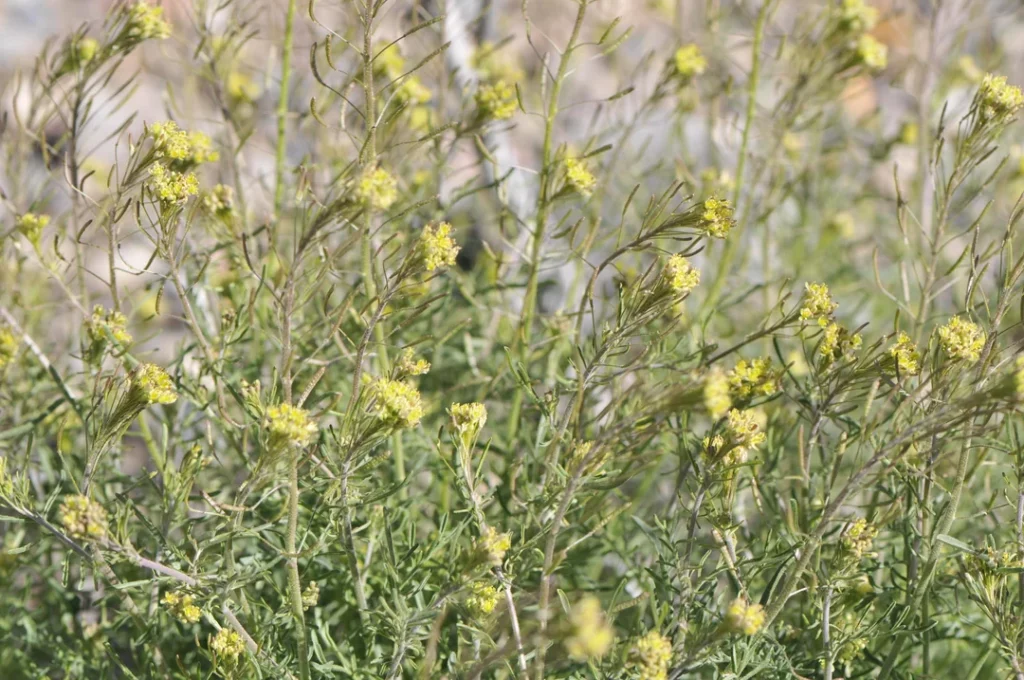In the world of flora, some of the most stunning plants can also be the most aggressive. This post delves into the fascinating paradox where beauty meets invasion.
We explore thirty flowers that captivate with their charm but wreak havoc with their spread, demanding both admiration and caution.
1. Purple Loosestrife
Stunning landscapes often feature tall spikes of purple that belong to the Purple Loosestrife. This beauty thrives in wetlands, quickly overtaking native plants. Its vigorous growth forms dense stands, impacting the local ecosystem.
Despite its allure, gardeners and conservationists are wary. Encountering this invasive plant means facing challenges in managing water ecosystems it disrupts. Efforts to control its spread involve biological control agents like beetles that feed on the plant.
To maintain balance in natural habitats, awareness and active removal are crucial. Consider native alternatives and participate in local conservation efforts.
2. Japanese Honeysuckle
In the heart of many gardens, the sweet scent of Japanese Honeysuckle lures admirers. Its fragrant blossoms of white and yellow, however, hide a more sinister side. This climbing vine aggressively wraps around trees and shrubs, often smothering them.
The rapid growth rate allows it to dominate landscapes, leading to a loss of biodiversity. Its tenacity makes it a formidable foe for native plants. Gardeners love its aroma but must act cautiously.
Regular pruning and careful monitoring are essential in keeping its invasion at bay. Choose native honeysuckles to protect local ecosystems.
3. Bamboo
Swaying elegantly in the breeze, Bamboo casts a serene presence. Yet, beneath this grace lies a rapid spreader. Its underground rhizomes enable it to colonize spaces swiftly, often outcompeting native flora.
While it provides natural privacy screens and is revered in cultural symbolism, unchecked growth can lead to problems. Landscapers find themselves battling its invasive nature, which can even affect structural foundations.
Barrier installation and regular maintenance are vital for those opting to grow bamboo. Opt for clumping varieties to enjoy its beauty without the invasion.
4. Morning Glory
Garden fences adorned with vibrant blooms often owe their charm to the Morning Glory. This vine’s striking blue and purple flowers captivate but also concern. Its fast-growing nature can lead to a tangled mess.
In favorable climates, Morning Glory can swiftly cover trellises, fences, and even other plants, leading to light competition. Its seeds can spread rapidly, making control difficult.
Regular trimming and seed removal are necessary to prevent unwanted spread. Consider planting in controlled environments where its beauty can be enjoyed without invasive consequences.
5. English Ivy
Historic buildings and gardens draped in lush green often feature the timeless elegance of English Ivy. Its evergreen leaves provide year-round beauty but can become problematic.
As it climbs walls and trees, it can cause structural damage and suffocate host plants. This adaptability makes it a popular but invasive choice for ground cover.
Regular maintenance and strategic planting are crucial. Opt for native alternatives or ivy-free areas to mitigate its invasive tendencies while enjoying its classic appeal.
6. Water Hyacinth
Floating gracefully atop water bodies, Water Hyacinth captures attention with its striking purple flowers. However, its beauty is a double-edged sword. This plant multiplies rapidly, forming dense mats that block sunlight and reduce oxygen for aquatic life.
The ecological impact includes altered water chemistry and disrupted habitats for fish and other organisms. Its spread is often exacerbated by human activities.
Manual removal and containment are key to managing this invasive species. Consider using water gardens as controlled environments to appreciate its charm without ecological harm.
7. Wisteria
Pergolas and arbors come alive with the breathtaking beauty of Wisteria’s cascading flowers. Yet, its vigorous growth is a concern. Left unchecked, it can overwhelm structures and crowd out other plants.
The vines’ weight can damage support systems and buildings. Its appealing aesthetic demands careful management to prevent invasive spread.
Regular pruning and monitoring are essential in maintaining balance. When choosing wisteria, consider less aggressive species for a harmonious garden.
8. Creeping Buttercup
Sunlit meadows often feature the cheerful yellow blooms of Creeping Buttercup. Its glossy leaves and vibrant flowers brighten landscapes but mask its invasive nature.
Spreading through both seeds and runners, it competes fiercely with native plants for resources. This competitive edge allows it to dominate pastures and cultivated fields.
Managing its spread involves regular mowing and removal. Encourage biodiversity by planting native wildflowers, providing both beauty and ecological balance.
9. Kudzu
In rural landscapes, the dense green foliage that covers everything in its path is often Kudzu. Known as ‘the vine that ate the South,’ it spreads rapidly, covering trees and structures alike.
This aggressive growth can lead to significant ecological and infrastructural challenges, outcompeting native species and altering habitats. Its resilience and swift expansion demand vigilance.
Control measures include regular cutting and herbicide application. Community efforts in removal and education about its impact are essential for managing this invasive presence.
10. Giant Hogweed
In the countryside, few plants stand as imposing as the Giant Hogweed. Its towering height and large white flower clusters draw attention, but its invasive nature poses risks.
Contact with its sap can cause skin irritation and sensitivity to sunlight, making it a health hazard. Its spread displaces native flora, disrupting local ecosystems.
Protective gear is necessary when handling this plant. Monitor and remove it promptly to prevent further spread. Public awareness campaigns are vital in controlling Giant Hogweed’s impact.
11. Yellow Toadflax
Fields filled with bright yellow flowers often reveal the presence of Yellow Toadflax. Despite its cheerful appearance, it is a sneaky invader.
Spreading through seeds and rhizomes, it forms dense patches that outcompete native plants. Its resilience makes it difficult to eradicate once established.
Targeted herbicide use and manual removal can help control its spread. Promoting native plant growth supports biodiversity and reduces the impact of this invasive species.
12. Periwinkle
Shaded gardens often boast the glossy leaves and charming blue flowers of Periwinkle. This ground cover plant is loved for its low maintenance, yet it is surprisingly invasive.
It spreads quickly, forming dense mats that suppress native plant growth. Its hardiness allows it to thrive in various conditions, presenting challenges in natural areas.
Consider alternative ground covers to prevent unwanted spread. Regular trimming and monitoring are crucial in gardens where Periwinkle is present.
13. Norway Maple
Urban parks often showcase the broad leaves of Norway Maple. Valued for its shade and vibrant fall colors, this tree is a common sight, yet its invasiveness is often overlooked.
Its dense canopy outcompetes native trees for sunlight, altering forest ecosystems. It also affects soil chemistry, impacting undergrowth.
Consider native trees for landscaping projects to support local biodiversity. Norway Maple requires careful management to prevent ecological imbalances.
14. Gorse
Coastal hillsides adorned with vibrant yellow flowers might host Gorse. This hardy shrub is known for its bright blooms and spiny branches.
Its invasiveness lies in its ability to form dense thickets, which can exclude native plants and increase fire risk. Its seeds can remain viable for decades, complicating management.
Removal and control require persistent effort. Encouraging native shrub growth supports ecosystems and reduces fire hazards associated with Gorse.
15. Privet
Suburban gardens often feature the dense greenery of Privet hedges. While popular for privacy, this shrub can be a garden invader.
It spreads quickly by seeds and roots, forming dense thickets that crowd out native plant species. Its adaptability to various conditions makes it a challenging invader.
Regular trimming and responsible disposal of clippings are necessary to keep Privet in check. Considering native hedge alternatives supports local wildlife and reduces the risk of invasion.
16. Tree of Heaven
Urban environments frequently encounter the presence of the Tree of Heaven. Its rapid growth and adaptability make it both a resilient and invasive species.
It produces allelopathic chemicals that inhibit the growth of surrounding plants, altering local ecosystems. Its prolific seed production ensures swift spread.
Removal and management are crucial in preventing ecological disruption. Opt for urban-friendly native trees to maintain biodiversity and reduce the spread of this invader.
17. Japanese Knotweed
Riverbanks often harbor the towering presence of Japanese Knotweed. With its bamboo-like stems, it is both striking and problematic.
Its rapid spread through rhizomes can damage infrastructure and outcompete native vegetation. Its resilience makes it difficult to eradicate once established.
Persistent cutting and herbicide application are necessary control measures. Public awareness and community involvement are crucial to managing this invasive plant’s impact.
18. Sweet Autumn Clematis
Garden trellises draped in fragrant blooms often owe their allure to the Sweet Autumn Clematis. Despite its charm, this vine can be a vigorous invader.
Its rapid growth enables it to overshadow and smother other plants. Its small white flowers produce seeds that spread easily, leading to potential overgrowth.
Regular pruning and seed pod removal help mitigate its invasive tendencies. Opt for native clematis varieties to enjoy similar beauty without the invasive risk.
19. Lily of the Valley
Woodland gardens often grace the charming presence of Lily of the Valley. Its delicate white bells and broad leaves create visual appeal but can become invasive.
Underground rhizomes allow it to spread rapidly, forming dense colonies that outcompete native flora. Its delightful scent masks its aggressive nature.
Containment through barriers and regular thinning is essential to prevent unintended spread. Consider less invasive ground covers for similar aesthetic appeal.
20. Crown Vetch
Roadside embankments often bloom with clusters of pink and white flowers known as Crown Vetch. Despite its use in erosion control, it is a persistent invader.
Its ability to spread via rhizomes enables it to form dense mats, crowding out native plants and altering habitats. Its aggressive nature makes it difficult to manage.
Targeted grazing and mowing can help control its spread. Encourage native ground covers for erosion control to preserve biodiversity and reduce Crown Vetch’s impact.
21. Dame’s Rocket
Fields filled with vibrant blossoms often feature the presence of Dame’s Rocket. Its pink and purple flowers are captivating but hide an invasive side.
Spreading through prolific seed production, it can quickly dominate fields, reducing native plant diversity. Its adaptability to various soils enhances its invasive potential.
Promote native wildflowers to support ecosystem health. Manual removal before seed set helps manage its spread and preserve native habitats.
22. Butterfly Bush
Garden corners often showcase the vibrant Butterfly Bush, beloved for attracting pollinators. However, its seeds spread easily, allowing it to become invasive.
It forms dense thickets that can outcompete native plants, impacting local biodiversity. Despite its allure, gardeners are urged to plant cautiously.
Deadheading and choosing sterile cultivars can prevent unwanted spread. Encourage native flowering shrubs to support pollinators without risking invasion.
23. Himalayan Balsam
Riverbanks often burst with the vivid pink of Himalayan Balsam. While visually striking, it poses ecological challenges.
Its explosive seed dispersal allows it to cover large areas quickly, overshadowing native plants. Its aggressive growth alters habitats, affecting local wildlife.
Early detection and removal are key to controlling its spread. Engage in community efforts to remove this plant and restore native biodiversity.
24. Garlic Mustard
Forest understories often host the small white flowers of Garlic Mustard. Its rapid spread is a concern for many woodland ecosystems.
It releases chemicals that hinder soil fungi essential for native plant growth, altering forest dynamics. Once established, it can be challenging to remove.
Hand-pulling before seed set and promoting native understory plants are effective control strategies. Community involvement in removal can help restore affected areas.
25. Common Reed
Wetlands often witness the dominance of the Common Reed. Its tall, feathery plumes are iconic yet pose ecological threats.
It forms dense stands that alter water flow and reduce habitat availability for native species. Its extensive rhizome network complicates removal efforts.
Regular monitoring and targeted herbicide application are necessary for management. Support wetland restoration projects to combat its impact and restore native flora.
26. Spotted Knapweed
Dry fields often reveal the pinkish-purple blooms of Spotted Knapweed. Its invasiveness is marked by its ability to outcompete native grasses and herbs.
It releases allelopathic chemicals, reducing soil fertility and threatening biodiversity. Its resilience poses challenges for land management.
Early detection and targeted removal are crucial in combating its spread. Support native grassland restoration to maintain ecological balance.
27. Purple Loosestrife
Stunning landscapes often feature tall spikes of purple that belong to the Purple Loosestrife. This beauty thrives in wetlands, quickly overtaking native plants. Its vigorous growth forms dense stands, impacting the local ecosystem.
Despite its allure, gardeners and conservationists are wary. Encountering this invasive plant means facing challenges in managing water ecosystems it disrupts. Efforts to control its spread involve biological control agents like beetles that feed on the plant.
To maintain balance in natural habitats, awareness and active removal are crucial. Consider native alternatives and participate in local conservation efforts.
28. Japanese Honeysuckle
In the heart of many gardens, the sweet scent of Japanese Honeysuckle lures admirers. Its fragrant blossoms of white and yellow, however, hide a more sinister side. This climbing vine aggressively wraps around trees and shrubs, often smothering them.
The rapid growth rate allows it to dominate landscapes, leading to a loss of biodiversity. Its tenacity makes it a formidable foe for native plants. Gardeners love its aroma but must act cautiously.
Regular pruning and careful monitoring are essential in keeping its invasion at bay. Choose native honeysuckles to protect local ecosystems.
29. Oxeye Daisy
Meadows filled with cheerful white petals and yellow centers may be overrun by Oxeye Daisy. Though often mistaken for a harmless wildflower, it’s a vigorous spreader.
It competes with native grasses and wildflowers, forming dense stands in disturbed areas. Livestock often avoid it, which can shift grazing patterns.
Regular mowing and reseeding with natives help keep it in check. Avoid planting in wildflower mixes unless it’s verified to be a native strain.
30. Tansy
The clusters of golden-yellow buttons that dot fields and roadsides are often Tansy. With its strong scent and medicinal history, it’s both intriguing and invasive.
It spreads through rhizomes and seeds, quickly dominating open areas and displacing native plants. Some varieties are toxic to livestock.
Persistent removal and discouraging reseeding are key to control. Native perennials with similar appeal can offer safer, eco-friendly alternatives.

